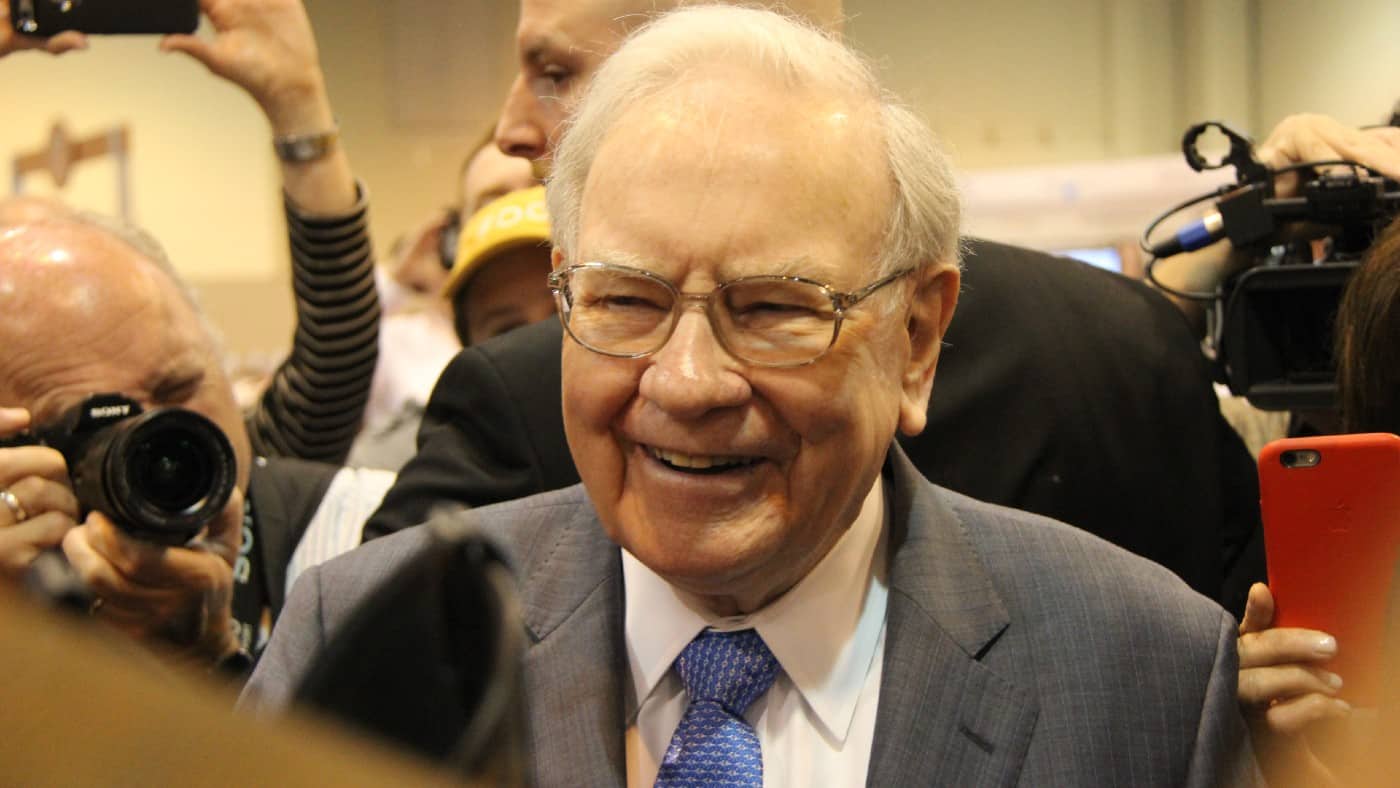Warren Buffett has built a net worth in excess of $120bn and the company he heads, Berkshire Hathaway, is among the top 10 most valuable stocks globally.
For those of us who haven’t heard of Buffett, he’s a renowned investor and, at the age of 93, he’s still investing.
Buffett has also made a name for himself through his well-defined strategy, and willingness to share his insights with shareholders and the global investing community.
Passive income stocks: our picks
Do you like the idea of dividend income?
The prospect of investing in a company just once, then sitting back and watching as it potentially pays a dividend out over and over?
If you’re excited by the thought of regular passive income payments, as well as the potential for significant growth on your initial investment…
Then we think you’ll want to see this report inside Motley Fool Share Advisor — ‘5 Essential Stocks For Passive Income Seekers’.
What’s more, today we’re giving away one of these stock picks, absolutely free!
So how can Buffett help us build wealth, even when we’re starting with nothing?
Regular savings
His investment philosophy doesn’t specifically focus on regular savings in the traditional sense. However, his principles emphasise the importance of disciplined, long-term investing and the power of compounding.
So it goes without saying that if I want to start investing in 2024, I’m going to need to put some of my salary aside. After all, most investment platforms won’t allow me to start an account without either starting capital or a direct debit.
Also, we need to recognise that small contributions can really add up over time. And it may benefit us to increase our contributions in line with inflation, or our own salary inflation.
Buffett’s golden rule
Buffett’s often-cited ‘golden rule’ of investing can be summarised as follows: “Rule No. 1: Never lose money. Rule No. 2: Never forget Rule No. 1.”
This succinct advice underscores Buffett’s emphasis on the preservation of capital and the importance of avoiding significant losses in investing.
And this is where many novice investors fall down. Unwise, or emotive investment decisions can lead us to lose money. It’s always important to remember that if I lose 50% of an investment, I’ve got to go 100% to get back to where I was.
And there’s more…
Buffett’s teachings don’t end with his golden rule. In fact, we know a lot about his investing strategy from his letters, interviews and books.
The great man is renowned for investing in stocks he believes are undervalued: “Price is what you pay. Value is what you get.”
He does this, and we can do this, by undertaking research and establishing fair value for the stock. If the current share price is below that, then we have a margin of safety — the stock is undervalued.
Buffett, historically at least, is known to look for a margin of safety of 30%. Personally, I like using the price-to-earnings-to-growth ratio (PEG) as a valuation metric. This is an earnings ratio adjusted for growth and fair value and is normally a ratio of one.
So while further research would be necessary, companies like AppLovin and Celestica, which have PEG ratios of 0.66 and 0.64 respectively, would meet Buffett’s margin of safety requirement.
Of course, there are plenty of other metrics, and more detailed ones too, including the Discounted Cash Flow model.
And finally, Buffett takes long positions. That’s because he recognises that companies don’t realise their fair value overnight. Sometimes it can take decades.
So with regular savings, an approach based on capital preservation, and plenty of research, I could build wealth over time.








